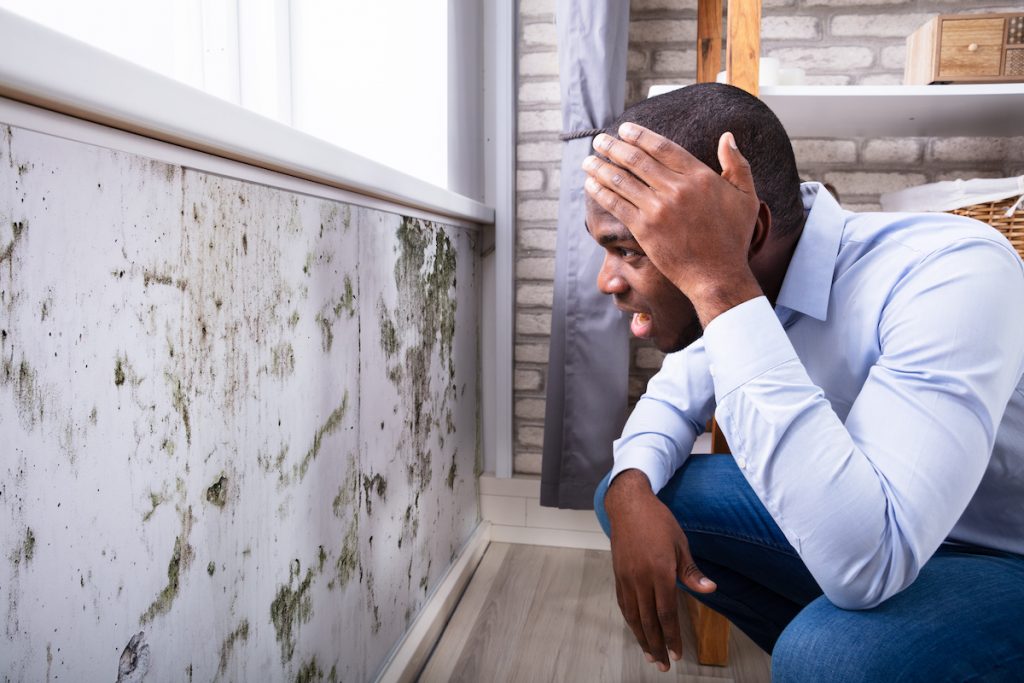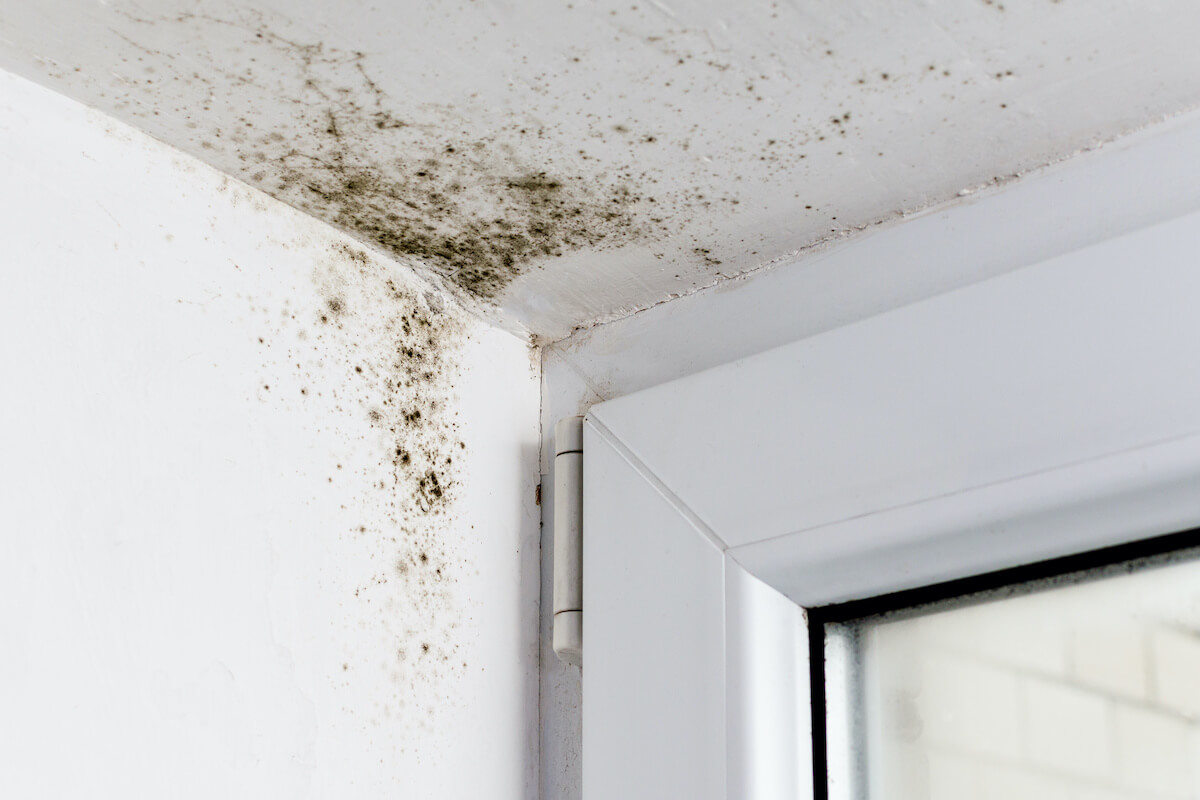Table of Contents

Water damage and mold growth are intricately connected, forming a troubling cycle that can wreak havoc on homes and businesses alike. When water infiltrates a building, whether through leaks, floods, or burst pipes, it creates an environment ripe for mold to flourish. In this comprehensive guide, we’ll delve into the relationship between water damage and mold growth, exploring the mechanisms at play, the risks involved, and the importance of prompt remediation.
The Connection Between Water Damage and Mold Growth:
Water damage is the catalyst for mold growth, providing the moisture necessary for mold spores to germinate and thrive. When water enters a building, it saturates porous materials such as drywall, wood, carpeting, and insulation. In this damp environment, mold spores, which are ubiquitous in the air, settle and begin to multiply rapidly.
Mold requires three primary conditions to proliferate: moisture, organic matter, and warmth. Water damage provides the essential moisture component, while organic materials present in building materials serve as a food source for mold. Additionally, the temperature range typically found indoors is conducive to mold growth, further facilitating its development.
As mold colonies establish themselves on damp surfaces, they release microscopic spores into the air. These spores can spread easily throughout the building, colonizing new areas and exacerbating the extent of the infestation. In addition to visible mold growth, water damage can also lead to hidden mold growth behind walls, under flooring, and in other concealed spaces, making detection and remediation challenging.
Risks Associated with Water Damage and Mold Growth:
The presence of water damage and mold growth poses significant risks to both property and occupants. From a structural standpoint, prolonged exposure to excess moisture can weaken building materials, compromise structural integrity, and lead to costly repairs. Mold growth can also cause unsightly stains, unpleasant odors, and damage to furnishings and belongings.
Furthermore, mold poses serious health risks to occupants, particularly those with respiratory conditions, allergies, or compromised immune systems. Mold spores can trigger allergic reactions, asthma attacks, respiratory infections, and other health issues upon inhalation or skin contact. Certain types of mold, such as Stachybotrys chartarum (commonly known as black mold), produce mycotoxins that can have toxic effects on humans and pets.
Importance of Prompt Remediation:
Given the inherent risks associated with water damage and mold growth, prompt remediation is crucial to mitigate further damage and safeguard the health and well-being of occupants. Upon discovering water damage, whether from a leaky roof, a burst pipe, or a flooding event, immediate action should be taken to address the source of the water intrusion and initiate drying and remediation efforts.
Professional water damage restoration companies possess the expertise, equipment, and resources to assess the extent of the damage, extract excess water, and thoroughly dry affected areas. Additionally, mold remediation specialists can conduct mold testing and inspection to identify hidden mold growth and develop a comprehensive remediation plan.
The remediation process typically involves containment of affected areas to prevent cross-contamination, removal of damaged materials, thorough cleaning and disinfection, and implementation of moisture control measures to prevent recurrence. By addressing water damage and mold growth promptly and effectively, property owners can minimize property damage, protect occupants’ health, and restore a safe and habitable environment.
Water damage and mold growth are closely intertwined, with water serving as the catalyst for mold proliferation. Understanding the connection between water damage and mold growth is essential for property owners, tenants, and professionals involved in building maintenance and restoration. By recognizing the risks associated with water damage and taking prompt remediation action, individuals can mitigate damage, preserve property value, and promote a healthy indoor environment for all occupants.
Professional Water Damage and Mold Remediation Services in Miami, Florida
At PuroClean of Coral Gables, we are professionals in restoring water damage and remediating mold in residential and commercial properties. We are available 24/7 to attend to your property restoration needs anywhere in South Florida. Reach out to us today on +1 305 894-4343.


 PuroClean of Coral Gables
PuroClean of Coral Gables